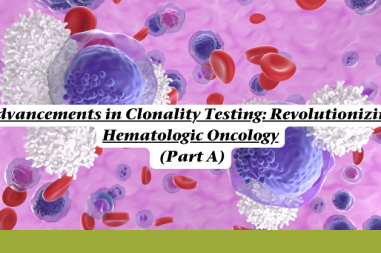Chocolate with its distinctive, rich and sweet taste has grown its popularity, with millions of people enjoying it daily. It was first used in Mesoamerica by the Olmec civilization. Chocolate became immensely popular in the rest of the world after the European discovery of the Americas, and the demand for it skyrocketed. Chocolates are divided into three categories.
- White Chocolates
- Milk Chocolates
- Dark Chocolates
Let’s take a look at its production background, as well as its health benefits, so you won’t feel so bad the next time you eat a piece of chocolate. Despite its terrible reputation for causing weight gain, chocolate may have a variety of health benefits. Chocolate is a semisolid dispersion of tiny particles formed in continuous fat from sugar, milk powder, milk fat, and cocoa. The cocoa solids and cocoa butter used in chocolate manufacturing come from the fruit of Theobroma cacao.
So, the process of making the chocolate starts with collecting the pods by hand and scraping out the pulp and seeds. Flavour and aroma components are created during the fermentation of the pulp and seeds, which can take up to two weeks. After that, the seeds are dried for roughly a week. After that, they’re cleaned manually, then roasted to liberate the flavour and aroma ingredients. The dark hue of the beans is also enhanced by roasting.
The beans are next lightly crushed, resulting in black chips known as nibs, which contain roughly 53% fat (cocoa butter) and 47% solids. The nibs are then crushed to the point of liquefaction, resulting in a thick paste known as chocolate liquor. Some of the chocolate liquor is poured into a hydraulic press, which extracts the cocoa butter while pulverising the solid cocoa into cocoa powder.
Chocolate liquor is further processed with sugar and other materials to make baking chocolate and candy bars. The amount of cocoa particles, cocoa butter, sugar, and other additives, including emulsifiers and dairy products, in chocolates might vary.
The Food and Drug Administration (FDA) has created identifying criteria for cacao-derived goods.
- Milk chocolate must contain at least 10% chocolate liquor, as well as cream or other dairy ingredients and sugar.
- Dark chocolate must have at least 35% chocolate liquor, although most contain 50–55% chocolate liquor and the remaining is sugar.
- White chocolate is made up of cocoa butter, sugar, dairy products, and flavourings rather than chocolate liquor; it must have at least 20% cocoa butter and no more than 55% sugar.
Pathogens (especially Salmonella) and microbiological testing are alternative quality standards for chocolates, and several pathogen detection tools are used for this like the DSS Salmonella Detection kit.
Also, we discovered that milk solids are a substantial component of commercial/bakery chocolates, and means they have a significant impact on the taste of the chocolate. Milk solids can be formed from cow or buffalo milk, and the below-mentioned pathogen detection kits can be used to detect the presence of cow or buffalo milk.
Bubalus bubalis Detection Kit: For rapid identification and percent estimation of Buffalo (Bubalus bubalis) species in dairy products.
Bos Taurus Detection Kit: For rapid identification and percentage estimation of cow (Bos taurus) species in dairy products.
Health benefits of eating chocolate.
- Lowering cholesterol and controlling blood pressure.
- Maintaining brain health and preventing memory loss in the elderly.
- Cardiometabolic diseases are less likely to occur.
- Chocolate consumption every day throughout pregnancy may be beneficial to foetal growth and development.
- Dark chocolate has more iron and antioxidants.
Overall, chocolate consumption has both health advantages and hazards. Moderation is essential, as it always is.







